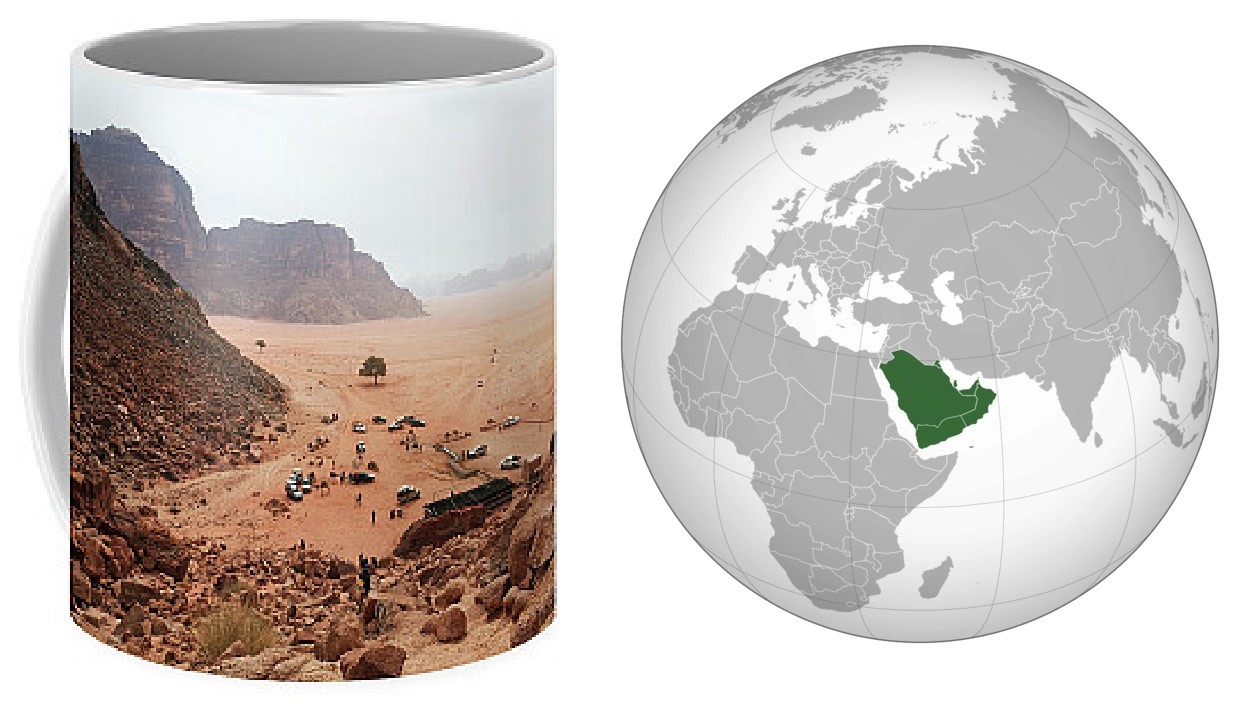People really do think that the Arabian Peninsula is where the coffee trade began. Coffee as we know it today has a long and interesting past that goes back to the Arab world, especially to the area that includes modern-day Yemen.
A Sufi scholar named Sheikh Abd al-Qadir al-Jaziri is said to have found coffee after trying coffee beans and noticing how they made him feel more alert. He told his followers about this finding, and coffee quickly became famous as a drink known for making people feel more alert. The coffee plant, Coffea arabica, comes from the mountains of Ethiopia. However, it was in Yemen on the Arabian Peninsula that it was first grown and used as a drink.
The first coffee shops, called “qahveh khaneh,” opened in towns across the Arabian Peninsula in the 1400s. These coffee shops, which are similar to coffee shops today, became places where people could meet, talk and share ideas. Soon, word spread about how popular coffee was in the area, and business started to grow.
The Arabs kept a tight grip on the coffee trade for many hundreds of years, carefully controlling the beans to keep their monopoly. But as the need for coffee grew, coffee plants were finally moved to other places. Coffee farming finally made its way to the Americas from places like India and Indonesia. Europe got coffee for the first time in the 1600s and it quickly became very famous.
Since then, the trade of coffee around the world has grown into a big business, with different parts of the world making different kinds of coffee with different tastes. The Arabian Peninsula’s part in the history of coffee is still a big part of its cultural and economic heritage. Coffee lovers all over the world are grateful to the people of this area for helping to grow the global coffee trade.

